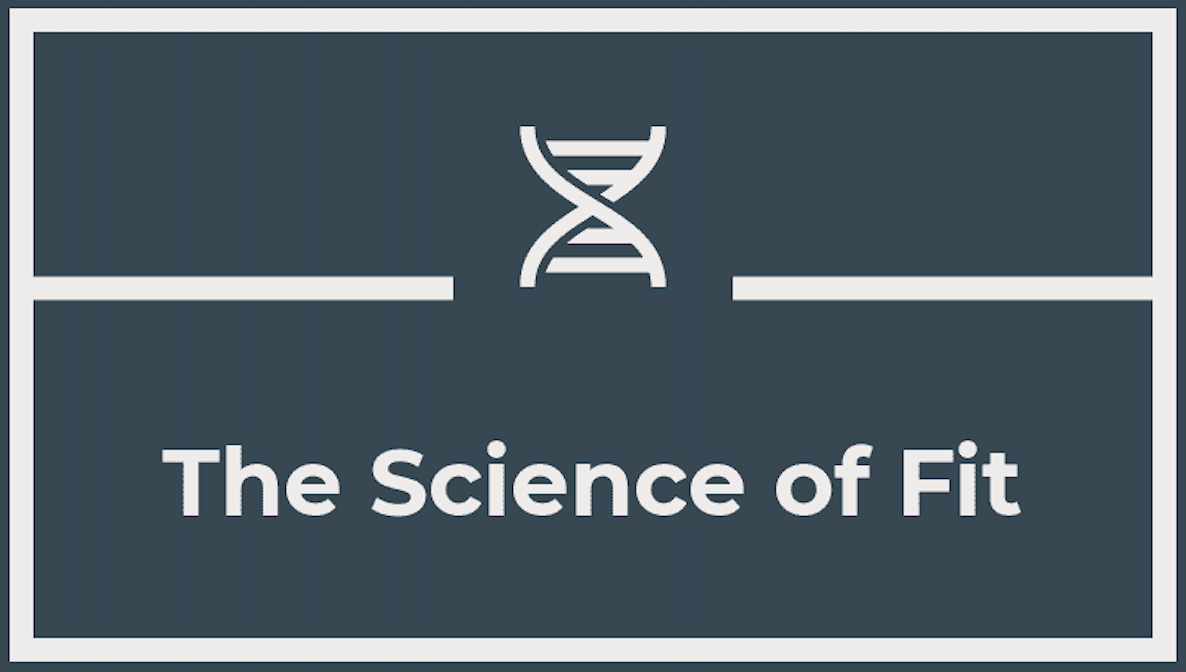Glossary
There are a lot of terms that exist only in the medical and science communities. If you get confused reading about certain topics, you are not alone. The below list continues to grow in an effort to help you better understand the information you are consuming.
List of Services
-
Acetylation (DNA)List Item 1
The addition of an acetyl group to a molecule. Acetylation of histones relaxes the structure, allowing that portion of the DNA to be transcribed.
-
Active SiteList Item 2
The area on an enzyme where the substrate (or intended ligand/drug) binds.
-
Adaptive Immuity
Composed of defenses that take time to activate. Targets a specific foreign invader and produces an immunoloic memory. Adaptive immunity is what society uses as the basis for vaccines. The body produces specific antibodies to identify and associate with the antigens found on the foreing substances.
-
Adeno-List Item 3
Relating to glands
-
Adhesion Molecules (CAM)
Act on the surfaces of cells in order to interact with other cells or the surrounding matrix. There are 4 types: Integrins, Cadherins, Selectins, and Immunoglobulin-like adhesion molecules.
-
Adipose TissueList Item 4
"Fat"
-
ADP
Adenosine diphosphate. Important energy transfer molecule. Made up of a sugar backbone that is connected to two phosphate groups and one adenine. Often converted between AMP and ATP.
-
Agonist
A molecule or chemical that activates a receptor. Can act on active site or allosteric site.
-
Aliphatic
A chemical structure in which carbons are connected in an open (or linear) chain rather than cyclic or aromatic.
-
Allosteric Site
An area on the enzyme other than where the substrate binds. Agonists, antagonists, and other molecules can act on this site (resulting in conformational changes) in order to modify the enzyme's function.
-
Amino Acid
Contains an amino group (-NH3+), a carboxylate group (-CO2-), and a side chain. Amino acids are put together in order to create proteins. They can also be used in the biosynthesis of other molecules as well as neurotransmitters. There are 20 amino acids that exist in our genetic code, 9 of which are considered essential, meaning that the body can not create them and must be consumed in some way.
-
AMP
Adenosine monophosphate. Another important energy transfer molecule. Made of a sugar backbone, a phosphate group, and one adenine. AMP plays a role in the synthesis of RNA. It is often converted to either ADP, ATP, or cAMP.
-
Androgen
A group of sex hormones. Testosterone is the most common androgen. They are important for starting puberty and can be found in both men and women. Androgens are created by the testicles in men and the ovaries in women. Similar to other hormones, androgens play a part in many interconnected pathways.
-
Amphipathic
A compound with both hydrophilic and hydrophobic parts.
-
Anabolic
The construction of larger molecules from smaller parts. Requires a large amount of energy input as it is an endergonic reaction.
List of Services
-
AntagonistList Item 1
A molecule that inhibits the binding of another ligand to its intended receptor. Can act on active site or allosteric site.
-
Anterior PituitaryList Item 2
A small part at the bottom of the brain that plays a large role in the endocrine system. The anterior pituitary is responsible for secreting Thyroid Stimulatin Hormone (TSH), Growth Hormone (GH), Adrenocorticotropic hormone (ACTH), Luteinizing Hormone (LH), Follicle Stimulating Hormone (FSH), and Prolactin. Surgery on the pituitary is minimally invasive as it can be accessed through the nose.
-
Anti-sense OligonucleotidesList Item 3
Synthetic DNA oligomers that hybridize to a target RNA in a sequence-specific manner. Have been used to inhibit gene expression, modulate splicing of a precursor messenger RNA, or inactivate mRNAs.
-
AntibodyList Item 4
Also known as an immunoglobulin (Ig), is a protein produced by the immune system in response to the discovery of an antigen. The Y shaped molecules have 2 heavy chains, 2 light chains, a variable region, a constant region, and an antigen binding site. They are produced by B cells.
-
ApoA1
Major apolipoprotein found in HDL. Acts as a cofactor and activates LCAT. Promotes the movement of cholesterol from inside cells to the outside and eventually into HDL particles.
-
ApoB-100
Main apolipoprotein found in LDL. Combines with VLDL and LDL to transport lipids throughout the bloodstream. Cholesterol and/or triglyceride rich. Mediates uptake by the liver (also is synthesized in the liver).
-
ApoB-48
Apolipoprotein found on chylomicrons and secreted by the gut epithelium (small intestine).
-
ApoC2
Apolipoprotein found on chylomicrons and VLDL particles. It is secreted by the gut epithelium and activates lipoprotein lipase (LPL).
-
ApoE
Apolipoprotein found on chylomicrons, VLDL and IDL particles. It is produced by the liver and astrocytes in the central nervous system. Plays a key role in transporting cholesterol to the brain and to neurons. Mediates binding of lipoproteins to cell surface receptors. Important for cholesterol uptake and transport.
-
Apolipoprotein
Proteins which bind lipids (cholesterol, fats, etc.) in order to form lipoproteins (LDL, HDL, etc.). Apolipoproteins transport these substances through the blood, the lymph system, and through cerebrospinal spinal fluid. In addition to their structural qualities, apolipoproteins can also acts as cofactors for enzymes.
-
Apoptosis
Programmed cell death. Important for development and regulation of cellular life cycles.
-
Arginine
An important amino acid used in the biosynthesis of proteins. Exists in the L form in humans. Is an alipathic AA and a precursor for nitric oxide. Also acts as a vasodilator and therefore is sometimes taken for heart conditions and erectile dysfunction.
-
Astrocytes (Astroglia)
A subtype of glial cells that exist in the central nervous system. These cells exist in the brain and the spinal cord. They play a role in maintaining the blood-brain barrier. They are known for their star-like shape, which is where their name is derived from. Additionally, they play roles in nervous system injury repair, nutrient support of neurons, and several other systems.


